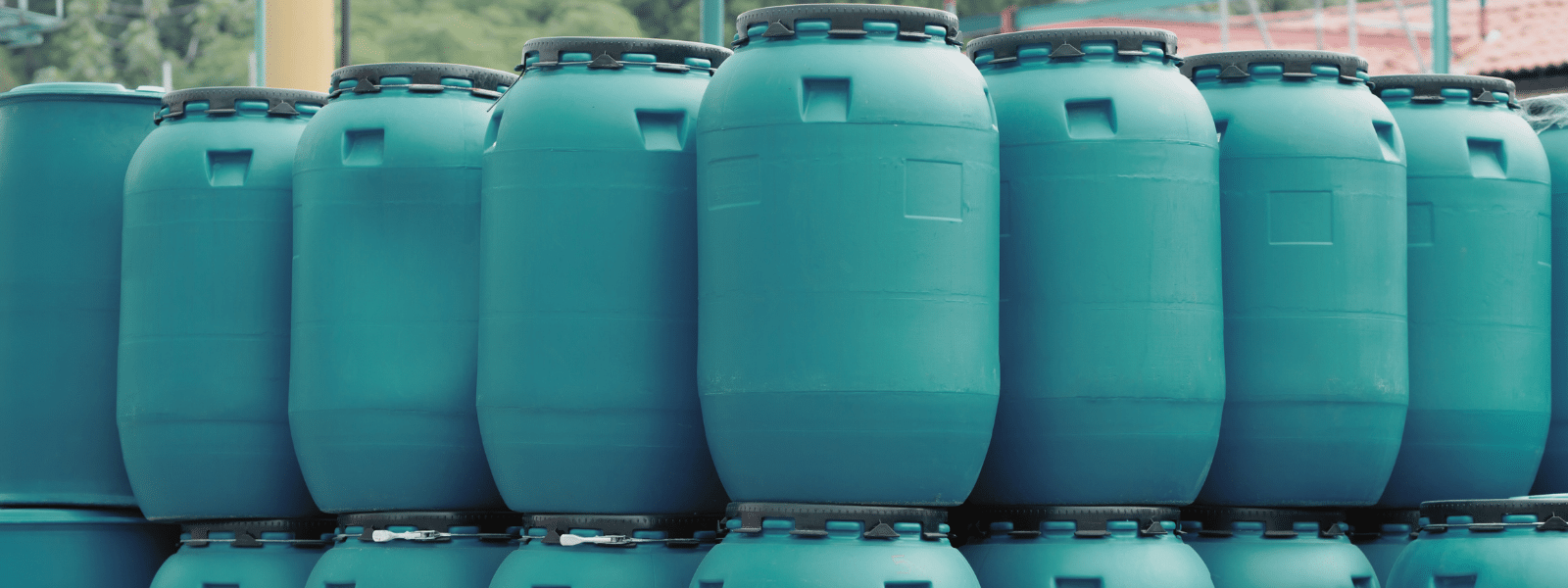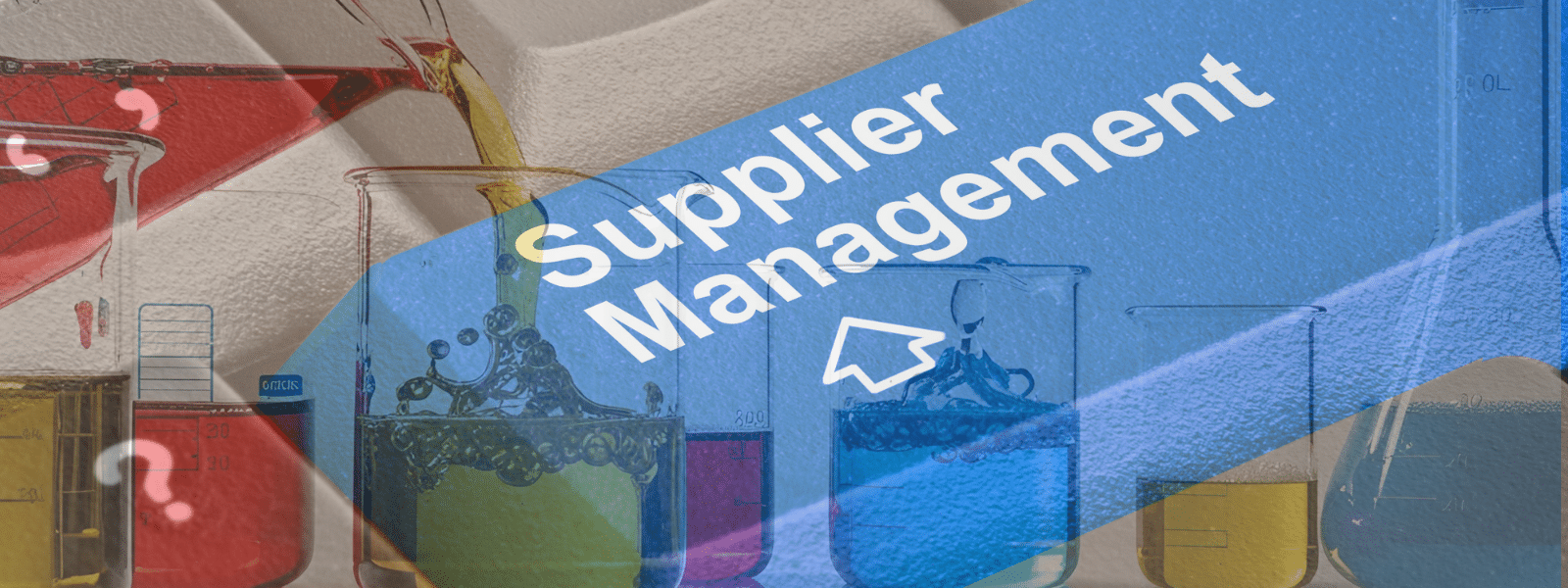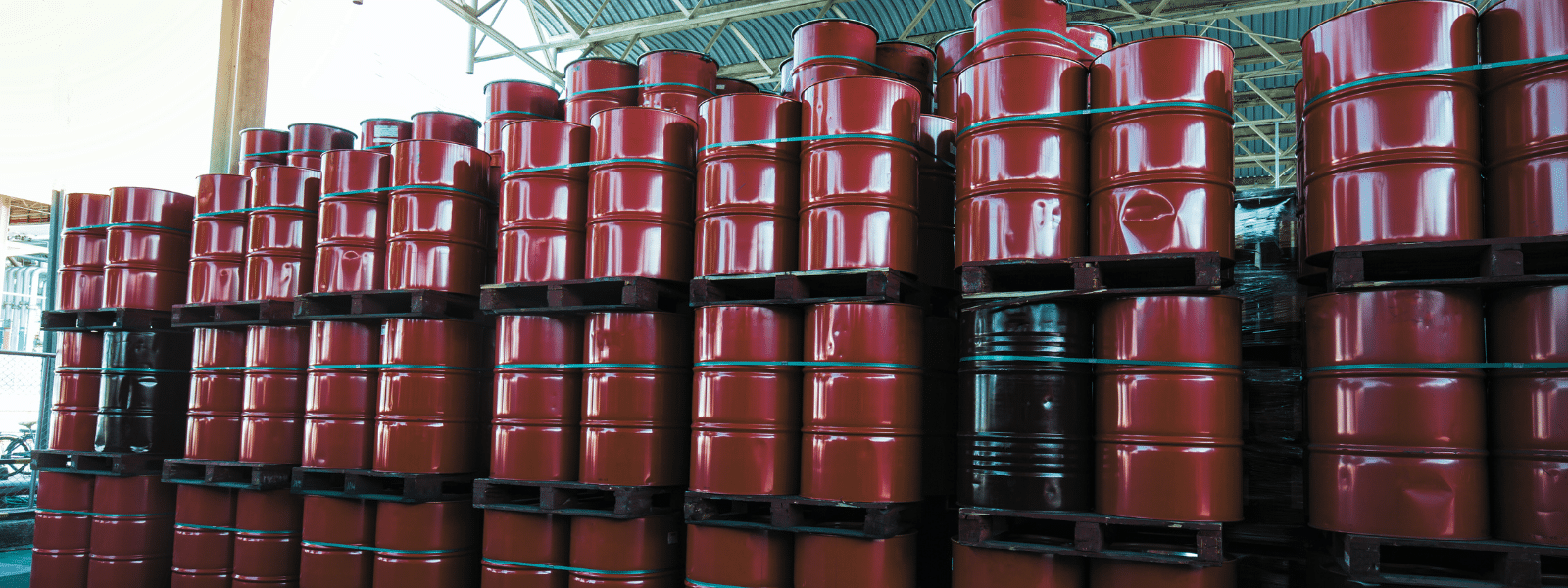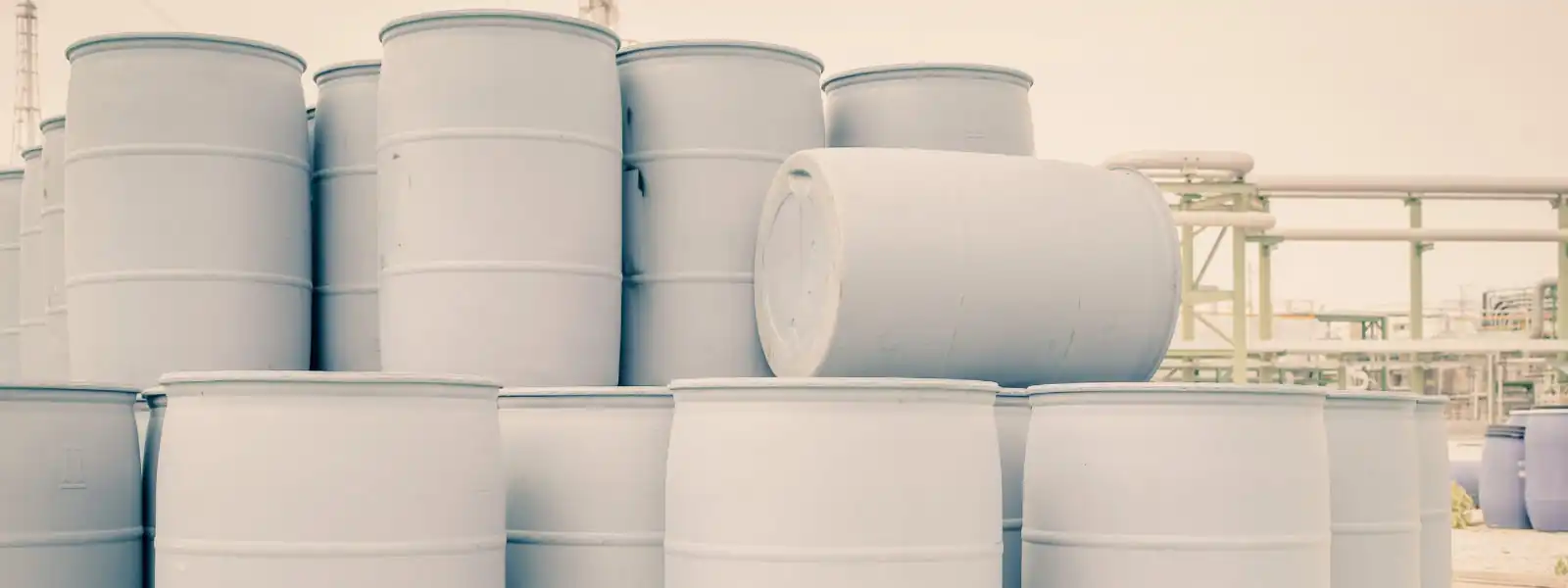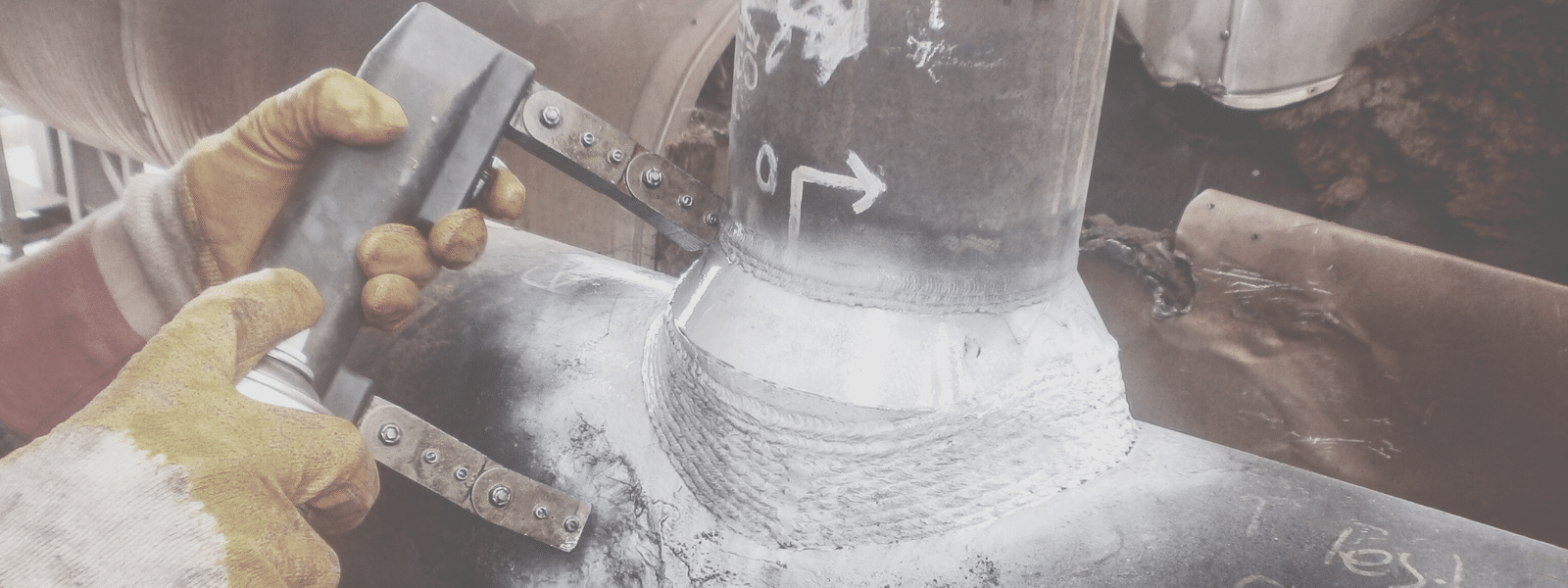We touch chemicals every time we go to the store—the cleaning wipes for the cart, the plastic packaging of foods, the grocery bags…but what about the receipt? While the smudged black residue that a receipt’s ink often leaves on your fingers may not be the most obvious example of an everyday chemical, receipt ink is actually loaded with a variety of chemicals—and not necessarily the good kind. Receipt ink is different from the ink found in instruction manuals, term papers, art prints, and any other paper items that exit through an inkjet printer and into your outstretched hands. The ink used to markup receipts is formulated with toxic ingredients that can have detrimental effects on health, while those of inkjet papers are of a less toxic blend. But why can’t we make receipt ink too? It’s time to rethink ink.
It’s important to understand why receipt ink is toxic in order to support the criticality motivating the need for a safer alternative. Receipt ink contains harmful BPA’s that absorb into your body’s bloodstream through direct contact with your skin (Kemler). These chemicals disrupt your body’s natural hormone chemicals, affect behavior, increase blood pressure, cause cardiovascular disease, and more (Bauer). As of now, the ink industry is relatively unregulated and many are unaware of the chemicals on the receipts they handle each day.
While I can encourage those I’m around to go receipt-less next time they shop, receipts often print automatically or are an afterthought to transactions. Plenty of people still rely on a printed receipt from their transaction for various reasons, and eradicating receipts in favor of electronic ones isn’t the cure-all solution. In an attempt to minimize the exposure of customers to toxic chemicals, some stores have switched to thermal printing machines. These machines seem like a great solution but are not always an affordable option for small businesses and even some larger retailers. But rather than replacing an expensive machine, why not simply replace the ink? Throwing out an old machine is wasteful and unnecessary if the root of the problem is addressed: the chemicals in the ink.
There are several water-based and eco-friendly options for inkjet printers on the market, but not so much for the receipt-printing market. After further research, I’ve found that companies receive their ink in bulk quantities from professional chemical suppliers. These chemical suppliers also provide chemical consulting options to companies looking to become more eco-friendly and receive a consistent, high-quality product for their brand. What if these consulting companies could help formulate an ink specific to receipt printers that don’t include BPA’s or harmful VOC’s like the ones found on the market?
If companies could swap their toxic ink for a readily available non-toxic ink that works just as well, then the chemical company would have access to every market that performs transactions—which is to say every market. Chemicals are everywhere, and so are discarded and forgotten receipts. An effort to minimize the toxicity of ink on receipts is also an effort to support safer and greener chemical usage in our everyday lives. While the idea of swapping any minor or major stores’ receipt ink is a lot for one person to perform by themselves, with careful planning and the help of a chemical consultant, this idea can become a reality, implemented small but with the ability to grow.
Works Cited
Bauer, Brent A. “Tips to Reduce BPA Exposure.”?Mayo Clinic, Mayo Foundation for Medical Education and Research, 14 May 2021, www.mayoclinic.org/healthy-lifestyle/nutrition-and-healthy-eating/expert-answers/bpa/faq-20058331.?
Kemler, Beth. “New Report: 9 Out of 10 Receipts Contain Toxic BPA or BPS.”?Safer Chemicals Healthy Families, 12 Jan. 2021, saferchemicals.org/2018/01/17/new-report-9-out-of-10-receipts-contain-toxic-bpa-or-bps/.?
You can learn more about scholarship recipient Sydney Manns here!







